|
|
|||
|
(Back to Preceding Week; on to Next Week) |
|
WHEN IT'S DREARY AND COLD |
|
SUMMER SOLSTICE SNAPSHOT
The world "solstice" comes from two Latin words meaning "sun" and "stand still," referring to the fact that the Sun has swung as far north or south as it will go and appears to be stopping momentarily before turning back in the other direction. Here in the Carolinas the Summer Solstice occurs when Old Sol is directly over the Tropic of Cancer, i.e., when the Northern Hemisphere is tilted at its maximum toward the Sun; our Winter Solstice comes in December when the Tropic of Capricorn is reached. (Incidentally, the word "tropic" in these cases doesn't mean "warm and balmy," but instead belies its origins in the Greek word tropos, "to turn." ) This sun-stopping all happens annually in early summer and in 2009 came at 1:45 am EDT on 21 June--making that day the "longest" of the year. Even though the Summer Solstice means autumn and winter will inevitably follow, it was 90 degrees on this year's longest day--but not too hot to keep us from taking advantage of those few extra minutes of daylight as we wandered the trails at Hilton Pond Center taking a collection of Summer Solstice Snapshots.
All text & photos © Hilton Pond Center Our first stop was just a few feet outside the door of the Center's old farmhouse where we checked an Eastern Phoebe nest atop a corner column on the front porch. Earlier this year the phoebes piled mud and moss on an opposite column and raised five chicks. After waiting almost a month they tried again and apparently will succeed once more. When we climbed a ladder to look at the latest nest (above) we saw one chick with head poking upward from a mass of down formed by itself and its siblings. Clearly visible was the baby bird's soft gape--the bright yellow flange at the corner of its mouth that provides a target zone for parents eager to stuff insects down a nestling's throat. Although it took considerable effort for the phoebes to build a second nest, we suspect this to be a worthwhile strategy. Re-using an old nest for subsequent breeding attempts greatly increases the chance parasites such as mites, lice, and blow flies will harm or kill later broods.
All text & photos © Hilton Pond Center After observing the phoebe nest, our next Summer Solstice photo stop was just beyond the house where big thickets of Trumpet Creeper, Campsis radicans, tower over a water garden and several bird feeders. We never tire of looking at and photographing Trumpet Creeper (above), a prolific native vine that bears four-inch orange flowers irresistible to Ruby-throated Hummingbirds. We contend Trumpet Creeper, found virtually everywhere ruby-throats breed, is the single most valuable hummingbird flower in the eastern U.S. Here at Hilton Pond Center it begins blooming a few weeks before the Summer Solstice--right about when our earliest ruby-throat hatchlings need carbohydrates to go along with fats and proteins their mothers acquire from tiny insects--and continues until September when summer hummers take off for their wintering grounds in the Neotropics. Trumpet Creeper's flowering phenology--along with its brilliant color, tubular shape, and heavy nectar load--leave little doubt about this vine's importance to hummingbirds.
All text & photos © Hilton Pond Center Even as Trumpet Creeper is a favorite native plant for hungry hummingbirds, the imported Rose-of-Sharon, Hibiscus syriacus (above), is also a major attractant--even though its pink or purple or white flower is a shallow cup rather than the tubular inflorescence associated with hummers. In its Middle Eastern homeland this four-inch-diameter blossom is undoubtedly pollinated by large bees--judging from what appear to be bright purple "bee guides" that lead insects toward the abundant nectar source at flower center. While drinking the bee brushes against pollen-laden yellow stamens and transfers the grains to flower pistils on the next Rose-of-Sharon shrub it visits.
All text & photos © Hilton Pond Center As we photographed the Rose-of-Sharon we were thinking about flower fertilization--after all, this year's Third Annual National Pollinator Week was scheduled for 22-28 June 2009--so we weren't too surprised when a chubby Bumblebee dived into one of the big white blossoms. The insect went straight for that purple flower center and in a matter of seconds nearly all its fuzzy exoskelton--legs, body, and head--was covered with sticky yellow pollen. At the height of the Summer Solstice all sorts of pollinators from bees to butterflies and bats to birds are going about their business, fertilizing everything from cotton crops to native wildflowers. Thanks to the efforts of the North American Pollinator Protection Campaign--of which Hilton Pond Center is proud to be a partner--folks are becoming more aware of the valuable roles these pollinators play in the natural environment and the nation's agricultural economy.
All text & photos © Hilton Pond Center After pondering pollination, we directed our attention to a water garden we installed at Hilton Pond Center about 20 years ago by sinking two commercial black plastic pools into the ground and connecting them via recirculating pump and miniature waterfall. Back then we planted a single water lily bulb in one pool and one Pickerelweed corm in the other and pretty much let nature take its course. In two decades since the pools--now densely covered with lilies and other emergent aquatic plants--have attracted all sorts of wildlife including Green Treefrogs, Hyla cinerea (above). Historically these two-inch-long amphibians didn't occur in the Carolina Piedmont but in recent decades seem to have expanded their range, perhaps by hitchhiking on ornamental plants brought in from the Lowcountry. (Gray Treefrogs, H. chrysoscelis or H. versicolor, are the treefrog species commonly found in the Upstate.) Now we see a couple or three Green Treefrogs each summer around Hilton Pond--a likely sign they now breed locally. The species is hard to find against a lily pad in the water garden (above). It's quite a bit more obvious when clinging to house siding under porch lights or--as Number Two Son Garry discovered this week--somehow finding its way indoors to a bathroom shower stall.
All text & photos © Hilton Pond Center Our mammal checklist for Hilton Pond Center includes 22 native and five introduced species from eight orders--not bad for an 11-acre plot. Our resident lagomorph is the Eastern Cottontail, Sylvilagus floridanus (above) and this is probably the ONLY wild rabbit we'll ever see locally; the Marsh Rabbit, S. plaustris, is strictly Lowcountry, while New England Cottontails, S. transitionalis, resides in the mountains. The other Carolinas hare is the Swamp Rabbit, S. aquaticus, a big lunker half again larger than the Eastern Cottontail; it also occurs in isolated mountain counties of both Carolinas. Although rabbits are probably pretty common here at the Center we seldom see them--and even then not for long. They are quite skittish and probably with good reason; Most individuals we observe are youngsters, indicating predators take most of the spring newbrons before they ever get to see a Summer Solstice. The nearly full-grown individual in the photo above was feasting on seed scraps beneath a sunflower feeder--much to the chagrin of several hungry Mourning Doves.
All text & photos © Hilton Pond Center By the time of Summer Solstice the dragonfly populations on Hilton Pond are out in full force, with territorial adult males from several species patrolling their stretches of water while attempting to copulate with as many females as possible. The male Blue Dasher, Pachydiplax longipennis--shown resting above on the bent stem of an aquatic rush--is among the most common of U.S. dragonflies, occurring virtually everywhere except the Rocky Mountain States. These two-inch-long male Blue Dashers are sometimes confused with somewhat larger juvenile male Eastern Pondhawks, Erythemis simplicicollis, which have pale blue abdomens but lack the thoracic striping and pale amber wing spots visible in our photo. (Female Blue Dashers have red-brown eyes and black and yellow striped abdomens.) We're pleased both dashers and pondhawks are common locally because they consume untold numbers of mosquitoes that otherwise might end up sucking mammalian blood--possibly ours.
All text & photos © Hilton Pond Center Mushroom diversity at Hilton Pond Center seems to depend on two ambient factors: Temperature and soil moisture. Our fungi are always present, of course, many of them toiling away as decomposers in their vegetative state--invisible beneath logs or underground. However, a cool, dry period following a wet one stimulates underground mycelia to rapidly re-assimilate and poke their more familiar mushrooms or toadstools above the soil surface where reproductive spores will be free to drift to populate new microhabitats. We regret don't know a name for the whitish-tan, three-inch-tall gilled mushroom above--if you have an ID please send it to INFO--but it's fairly common around the Center.
All text & photos © Hilton Pond Center We always think of August as peak time for Orbweaver Spiders, but that's only because by then they've grown so large their wide webs seriously impede our progress along pathways at Hilton Pond Center. When they first hatch orbweavers are tiny; only through a succession of full-body molts will these little arachnids achieve adult size. The spiny-bodied Micrathena sp. above--hanging head-down by one hind leg from her web beneath an arching stem in a Forsythia thicket--was about half-grown and a quarter-inch-long on the Summer Solstice. By late summer her hard, prickly abdomen will nearly quadruple in volume and be more than capable of festooning our trails with sticky silk. Back before we knew better we always carried a big stick and simply swept spiders out of the way when we walked. These days we have greater respect for the spider's craft and make every effort to go around or under finely woven webs. So there you have it, a sampling of diverse flora and fauna (and fungi) we found around Hilton Pond Center on the longest day of the year. We hope you, too, took advantage of those extra daylight minutes to see what was out and about in your own neck of the woods . . . AND that you enjoyed our 2009 collection of Summer Solstice Snapshots. All text & photos © Hilton Pond Center
Comments or questions about this week's installment?
Thanks to the following fine folks for recent gifts in support of Hilton Pond Center for Piedmont Natural History and/or Operation RubyThroat: The Hummingbird Project. Your tax-deductible contributions allow us to continue writing, photographing, and sharing "This Week at Hilton Pond." (Please see Support if you'd like to make a gift of your own. You can also contribute by ordering an Operation RubyThroat T-shirt.)
"This Week at Hilton Pond" is written & photographed You may wish to consult our Index of all nature topics covered since February 2000. You can also use our on-line Hilton Pond Search Engine at the bottom of this page. For a free, non-fattening, on-line subscription to |
|
Make direct donations on-line via
Network for Good: |
|
|
Use your PayPal account
to make direct donations: |
|
|
If you like to shop on-line, you please become a member of iGive, through which more than 750 on-line stores from Barnes & Noble to Lands' End will donate a percentage of your purchase price in support of Hilton Pond Center and Operation RubyThroat. For every new member who signs up and makes an on-line purchase iGive will donate an ADDITIONAL $5 to the Center. Please sign up by going to the iGive Web site; more than 200 members have signed up to help. It's a painless, important way for YOU to support our on-going work in conservation, education, and research. |
|
|
SPECIES BANDED THIS WEEK: * = New species for 2009 WEEKLY BANDING TOTAL 8 species 24 individuals YEARLY BANDING TOTAL (2009) 34 species 1,076 individuals 28-YEAR BANDING GRAND TOTAL (since 28 June 1982, during which time 170 species have been observed on or over the property) 124 species 52,958 individuals NOTABLE RECAPTURES THIS WEEK (with original banding date, sex, and current age) NONE THIS WEEK
|
OTHER NATURE NOTES OF INTEREST
|
|
|
|
(Back to Preceding Week; on to Next Week) Up to Top of Page Back to This Week at Hilton Pond Center Current Weather Conditions at Hilton Pond Center |
 You can also post questions for The Piedmont Naturalist |
Join the |
Search Engine for |
|
|
dvd new releases


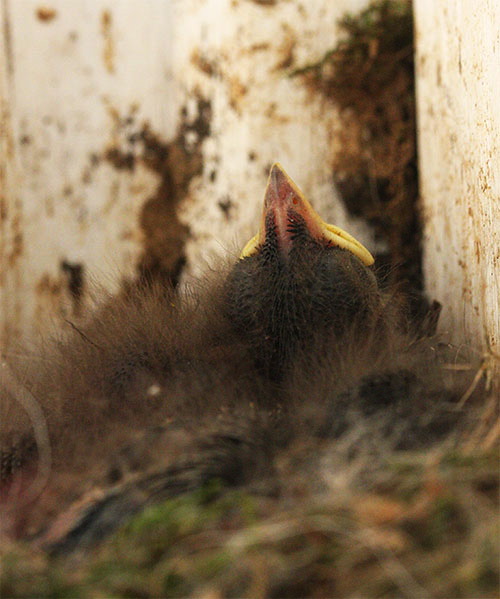

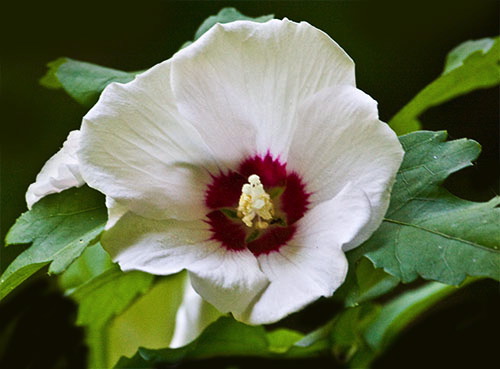
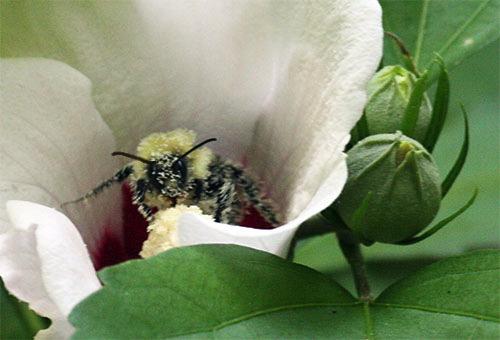
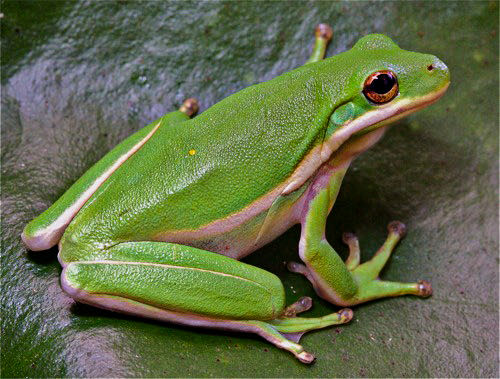
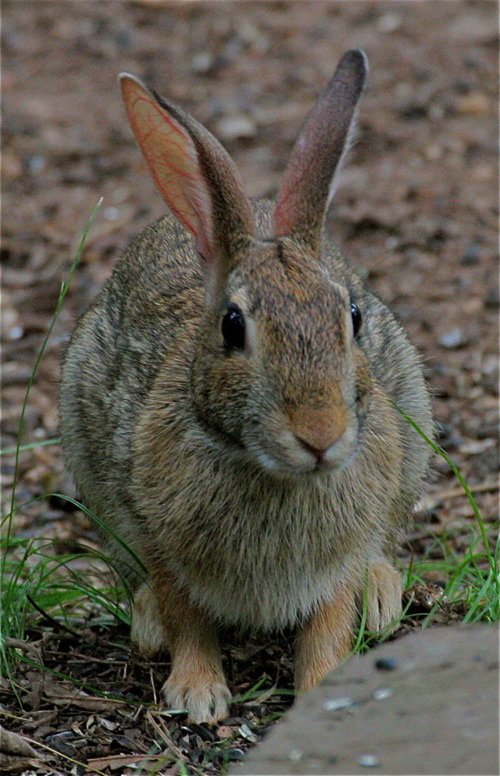

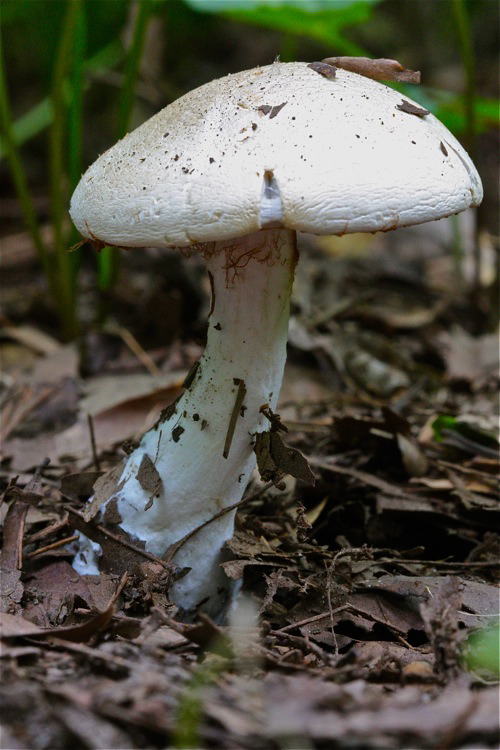




 Please report your
Please report your